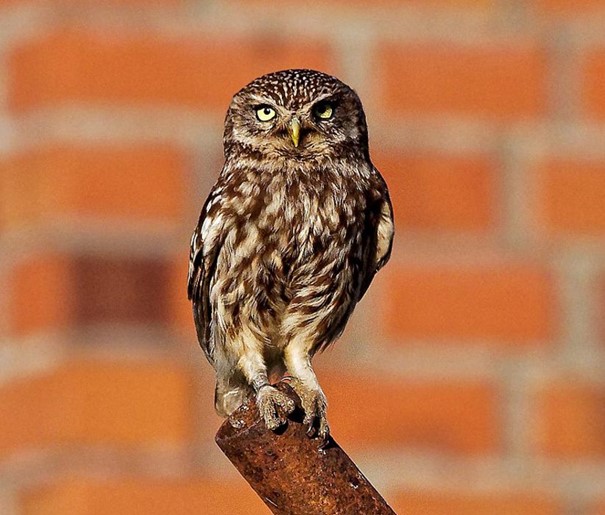The populations of the barn owl and the little owl have significantly declined in the Czech Republic and in many other European countries.
"The story of the little owl is alarming. From a species that was common to our nature, it has become one of the most endangered within a century. Owls, which have learned to live literally under the same roof as humans, undoubtedly belong to the Czech landscape and are one of the indicators of its health. However, like many other species, they suffer from inappropriate landscape management and agricultural intensification," says Petr Valdman, Director of the State Environmental Fund of the Czech Republic.
Two Czech bird organisations have received financial support through the EEA Grants to take care of the owls. The measures they have carried out in agricultural areas, especially during the breeding season, have resulted in strengthening the populations of these endangered owls.
Farmers have adapted their farming practices to preserve barn owls

The barn owl has long had a penchant for nesting inside outbuildings on farms. The main target group in the barn owl project is therefore farmers. Farmers are provided with information on how to adjust their farming practices to preserve the owls.
In the barn owl project, measures have been taken at over 900 nesting sites. The nest boxes were cleaned and repaired after the owls had bred and hatched. In addition, new nest boxes were installed, and "traps" where the owls could get stuck or drown were removed.
The breeding population in Bohemia increased from 2021 to 2022. In total, 229 barn owl chicks were hatched in the monitored nests in 2022. The bird organization TYTO has implemented the project in collaboration with the Czech Society for Ornithology, Vysočina.
Removing traps and dangers at the nesting sites of little owls

The little owl has also faced increased problems with modern farming practices. The project has removed man-made traps around the nesting sites, secured the nesting sites against predators, and trimmed vegetation along roadsides at the right time. They have also collaborated with farmers to limit the use of rat poison.

In this project, members of the Czech Society for Ornithology have installed 50 new nesting boxes for little owls. Here, they have examined the availability of small mammals and beetles in the nesting areas - the primary food source for these owls.
Water barrels, vertical air conditioners, and standing pipes have been removed, and the timing of roadside vegetation trimming has been changed. In the breeding season of 2022, 537 sites were checked, and 72 chicks were recorded - most of them in the project's nesting boxes.

"We are very pleased that within the Environment, Ecosystems and Climate Change programme, the State Environmental Fund of the Czech Republic was able to support not only a project for the protection of the little owl, but also two projects for the protection of the barn owl, which shares a similar fate. Establishing cooperation with farm owners, building safe nesting sites, adjusting mowing management in villages or raising public awareness of the deadly traps that await not only owls in our gardens... each of these activities is an important step towards saving the species," says Mr. Valdman.
The project is part of the Environment and Ecosystems Programme under the EEA Grants in the Czech Republic, which aims to improve the environmental status of our ecosystems and reduce the negative effects of pollution and other human activities.
Read more about the project at TYTO.


Link to project facts about the Save the Little Owl project: